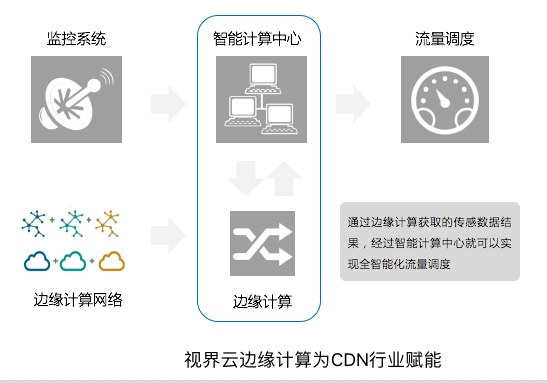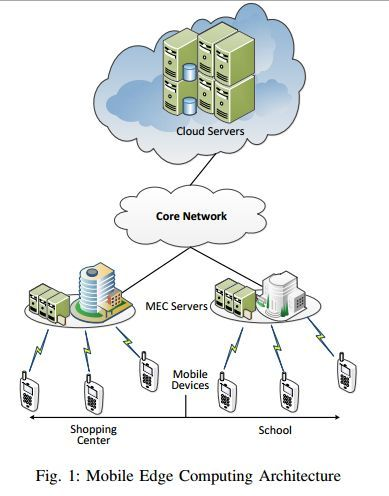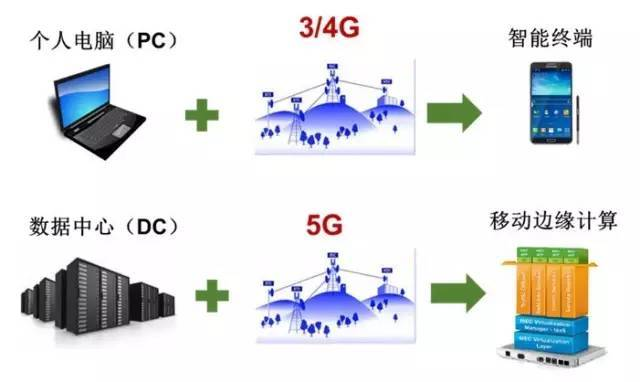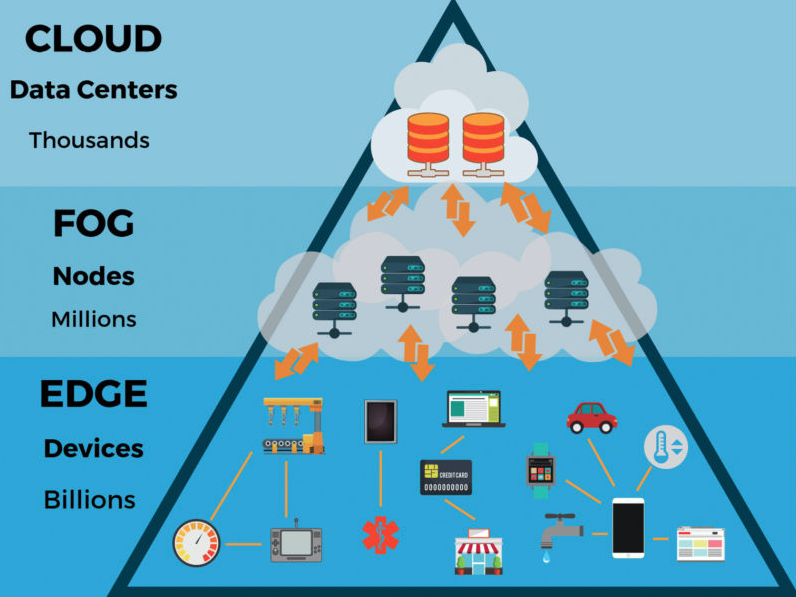Analysis of some new concepts such as edge computing, cloud computing, fog computing, etc.
What is Edge Computing?
Edge computing can be understood as an arithmetic program completed by using the edge of the data source.
If it is expressed in more general terms: Proximity Computing or Proximity Computing
What is the difference between edge computing and cloud computing?
✔ In fact, if cloud computing is centralized big data processing, edge computing can be understood as edge big data processing.
But the difference is that only this time, the data does not need to be transmitted to the remote cloud, it can be resolved at the edge.
✔Edge computing is more suitable for real-time data analysis and intelligent processing, and it is more efficient and safer than pure cloud computing!
Both edge computing and cloud computing are actually a way of processing big data computing operations.
More accurately, edge computing should be a supplement and optimization to cloud computing!
✔In short: cloud computing grasps the whole, edge computing focuses more on the part
What are the Characteristics of Edge Computing?
✓ Distributed and low-latency computing
Edge computing focuses on the analysis of real-time and short-period data, which can better support the real-time intelligent processing and execution of local services.
✓ More efficient
Because edge computing is closer to users, data filtering and analysis are implemented at edge nodes, so the efficiency is higher.
✓ More intelligent
The combination of AI + edge computing makes edge computing more than just computing, it is more intelligent.
✓ More energy efficient
The combination of cloud computing and edge computing costs only 39% of the cost of using cloud computing alone.
✓Relieve flow pressure
When performing cloud transmission, some simple data processing is performed through edge nodes, which can further reduce the response time of the device and reduce the data flow from the device to the cloud
Where can Edge Computing be used?
In fact, edge computing can be used in many scenarios:
- Typical scenarios include CDN, Internet of Vehicles (Internet of Things), smart security, and the popular blockchain in 2018. Such scenarios have a strong demand for near-field computing

- At this stage, Amazon, Microsoft, Intel, etc. have already begun to deploy edge computing
- It is foreseeable that the era when edge computing is not edge has arrived!
Some other similar concepts: mobile edge computing, fog computing, etc.
When it comes to edge computing, there is another very important concept I have to mention: MEC, that is, mobile edge computing, a new term in the field of communication and information in recent years, refers to providing cloud computing capabilities close to smart phones or mobile terminals. Before you continue, read from the following updates;
- 10 Trends of IoT Communications Development in 2021
- 2021 Top Rated Unified Security Management Software
- 2021 Mobile App Development Trends and Technologies
- WeTransfer App Pro Alternatives – Plus Websites 2020/2021
- 10 Predictions for Information Data Centre and the Cloud in 2021
Sinking computing power to distributed base stations, adding computing, storage, and processing functions on the wireless network side, upgrading traditional wireless base stations to intelligent base stations
The era of 3G and 4G:
Intelligent terminal technology promotes the deep integration of traditional PC Internet and mobile network, creating a new ecology.
5G Era:
MEC technology will promote the integration of cloud computing platforms and mobile networks in traditional centralized data centers, bringing new changes and subversions.
In the 5G era, the opportunity for edge computing will be greater
Mobile edge computing “sinks” network services into the wireless access network, so it has three major advantages
- Lower latency
- Effectively suppress network congestion
- More network information and network control functions can be opened to developers
MEC and Edge computing, mobile cloud computing, fog computing, and Micro Data Center are similar.
The basic idea is to push the flexible resource utilization mode of the cloud from the network core to the network edge. Specifically, there are some minor design decisions, service targets, and deployment environments.
MEC focuses on the development of standards in the industry, currently only the white paper etsi.org page
In summary, Fog computing is an application proposed by Cisco that focuses on the Internet of Things. Finally, Fog computing is not composed of powerful servers, but is composed of computers with weaker and more dispersed functions, which penetrates factories, automobiles, electrical appliances, street lights, and various supplies in people’s material life.







